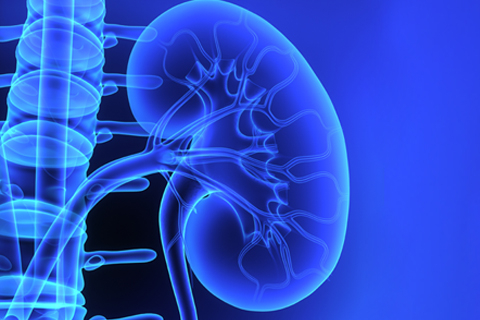Practical, At-Home Parasacral Nerve Stimulation for Overactive Bladder in Children
Practical, At-Home Parasacral Nerve Stimulation for Overactive Bladder in Children https://pediatricsnationwide.org/wp-content/themes/corpus/images/empty/thumbnail.jpg 150 150 Mary Bates, PhD Mary Bates, PhD https://secure.gravatar.com/avatar/d8c01b42dd4f98ebe33b59a37151ffdb0226803d9094f30793729669defbdf99?s=96&d=mm&r=gA new regimen for parasacral transcutaneous electrical nerve stimulation (TENS) is manageable and results in subjective improvements, though objective improvements were modest.
In a new study, researchers from Nationwide Children’s evaluated the effectiveness of a practical, at-home regimen of parasacral transcutaneous electrical nerve stimulation (TENS) for children with overactive bladder. Parasacral TENS involves electrical stimulation of the nerves to the bladder via small electrode patches on the skin of the lower back. The results suggest that the regimen is practical but may be best used as an adjunct to other therapies.
Overactive bladder is common in the pediatric population. Treatments include behavioral therapy, antimuscarinic medications, invasive procedures such as surgical neuromodulation and TENS.
While previous studies of parasacral TENS indicate it can benefit some children with overactive bladder, in most of these studies, treatments were time-intensive for patients, requiring long sessions and travel to clinic. To make the therapy more practical and attractive to patients, researchers at Nationwide Children’s created a regimen where parasacral TENS was done at the patient’s home, for 20 minutes, twice daily, for one month. They evaluated the efficacy of this shorter, at-home regimen in 21 children with overactive bladder.
All participants and their families were given a parasacral TENS device and trained in its use by study coordinator Heather Terry, MSN, RN, FNP-C, CUNP, a urology nurse practitioner at Nationwide Children’s and one of the study’s authors. Terry helped participants use the device for the first time in the clinic and determined the appropriate intensity for each patient.
“I told the kids it would feel like a cellphone that was vibrating directly against your skin,” she says.
The researchers found high compliance rates for their practical parasacral TENS regimen, indicating it was manageable for most patients. And while objective data did not reveal significant improvement, approximately half of the cohort reported subjective improvement.
Overall, the researchers say their findings support the use of their parasacral TENS regimen. Although it might not work for all children with overactive bladder, it can be used alone or in adjunct with behavioral or pharmacologic therapies to benefit some patients.
Seth Alpert, MD, co-director of the Surgical Neuromodulation Center at Nationwide Children’s and senior study author, says parasacral TENS is a low risk, relatively inexpensive option for treatment.
“With their rechargeable batteries, you can continue to use the devices at home and without prescriptions to refill or additional visits to the office,” he says.
Dr. Alpert, who is also clinical associate professor of urology at The Ohio State University College of Medicine, says that bladder dysfunction is common in children and there are many ways of treating it.
“We offer a wide variety of options to these families and work with them to try to find the right, individualized solution for their child. Parasacral TENS is one option that can be effective to help relieve symptoms.”
Reference:
Ebert KM, Terry H, Ching CB, Dajusta DG, Fuchs ME, Jayanthi VR, McLeod DJ, Alpert SA. Effectiveness of a practical, at-home regimen of parasacral transcutaneous electrical nerve stimulation in pediatric overactive bladder. Urology. 2022 Jan 20:S0090-4295(22)00067-X.
About the author
Mary a freelance science writer and blogger based in Boston. Her favorite topics include biology, psychology, neuroscience, ecology, and animal behavior. She has a BA in Biology-Psychology with a minor in English from Skidmore College in Saratoga Springs, NY, and a PhD from Brown University, where she researched bat echolocation and bullfrog chorusing.
- Mary Bates, PhDhttps://pediatricsnationwide.org/author/mary-bates-phd/December 27, 2016
- Mary Bates, PhDhttps://pediatricsnationwide.org/author/mary-bates-phd/
- Mary Bates, PhDhttps://pediatricsnationwide.org/author/mary-bates-phd/
- Mary Bates, PhDhttps://pediatricsnationwide.org/author/mary-bates-phd/






